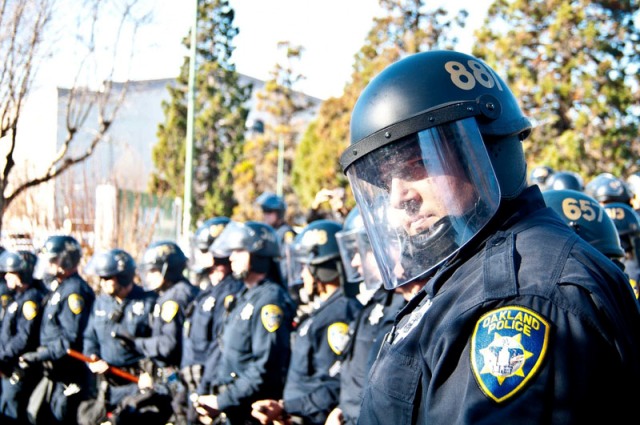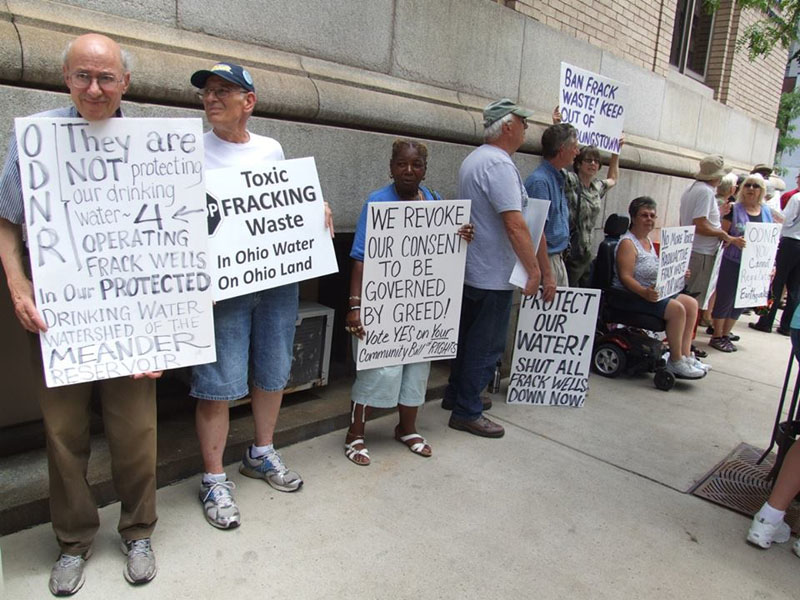|
Wow. What "interesting times we live in," as the old Chinese curse would have it. Yep, they're here. We need to stay strong now more than ever, and as educators, as positive as possible. As James Baldwin put it wisely, but poignantly, "We can't tell the children there's no hope."
But what pragmatic steps can we encourage students to take? Many teachers recently tried to support theirs by letting them take to the streets to express their outrage over the electoral college's ability to ignore the will of the people, the popular vote. What else can they do?
While it's important for students to understand the origin of the Electoral College, it's very dry to read about in textbooks, even for lawyers, and it still leaves us all wondering What's The Next Step?
"Change the laws!" Maybe. But whichever way you voted in the last election, you know this is much easier said than done. There's a major obstacle with changing, or for that matter, with keeping our laws. Ironically that obstacle is THE LAW itself. Our goal in this Newsletter is to alert teachers to 2 remarkable resources. Both focus on the ways citizens can protect the gains that have been made in protecting our rights, but from different angles.
The first is the website of the Bill of Rights Defense Committee at
http://bordc.org/campaigns/local-ordinances-and-resolutions/

Glenn Halog, OPD, Occupy Oakland Move In Day. Flickr Creative Commons
This site includes templates local communities can use to safeguard the civil rights and liberties of residents by enacting local laws that can put them on the offensive against any plans to trample on the Bill of Rights. BORDC/DDF model ordinances contain provisions that:
- Declare that all people, regardless of race, religion, national origin, immigration status, gender, gender identity, or sexual orientation are welcome in the community.
- Prohibit discriminatory profiling
- Prohibit or limit local law enforcement cooperation with federal immigration enforcement.
- Prohibit undercover infiltration or spying on activist groups or religious institutions.
- Protect social media from the prying eyes of the state
The second pertinent and valuable resource is potentially life-changing for us, and for life on the planet. It's an interview on Health Politics and Activism that Layna Berman and Jeff Fawcett featured on their weekly radio show on KPFA. This was with Thomas Linzey, Director of the Community Environmental Legal Defense Fund, www.celdf.org. This originally aired on December 27, 2016 but you can access it through their extensive and amazing library at www.yourownhealthandfitness.org.
CELDF is a major player in the “2nd American Revolution” with specific examples not only of how current laws make sustainability impossible, but how people are protecting and preserving the places they call home when their governments fail to do so.

What are these activists so angry about anyway?
Again, the short answer is: THE LAW. As their INTRODUCTION TO COMMUNITY RIGHTS explains in Volume 2, June, 2015 of CELDF's Journal:
"A handful of legal doctrines make it illegal for communities to govern on important issues like fracking, factory farms, large-scale energy infrastructure projects and commercial water extraction. Many people work hard to create sustainable communities, but these legal doctrines keep us “boxed in” by a system of law that routinely restricts local law-making and tells us that “We’re beyond our authority,” or “It’s a state issue, not a local issue.”
They’re not naïve, but clearly principled as shown in this statement by Doug Shields, former President of the Pittsburgh City Council:
“Really, I think fear is the biggest hurdle we face in the Community Rights Movement. The risks are real: job loss, blackballing, SLAPP suits… all are in the arsenal of retaliation against local elected officials and residents daring to stand up to the corporate state. And yet, people are taking action anyway. Corporations and the governments they run expect obedience. Instead, despite their threats and intimidation, they are getting defiance. Community Rights is our refusal to bow down and our insistence on protecting our communities and creating a sustainable future.”
Watch the trailer of this very inspiring movie ”We The People, The 2nd American Revolution” at
http://celdf.org/we-the-people-2/
Both these resources illustrate the importance of helping your students recognize that the important "issues" of our lives cannot be seen in isolation, and that politicians can no longer be allowed to make laws that put property rights above all else, or to consider the environment separate from the economy and health. Such fragmentation can and must be reversed.
Organizing through education is a huge job. To receive future Newsletters on affordable resources that your students can use in taking their first steps towards community action, return to our Welcome page at NewTakeFilms.org. Click here to go there now.
I look forward to hearing from you soon,
Marilla Argüelles, for NewTakeFilms
|